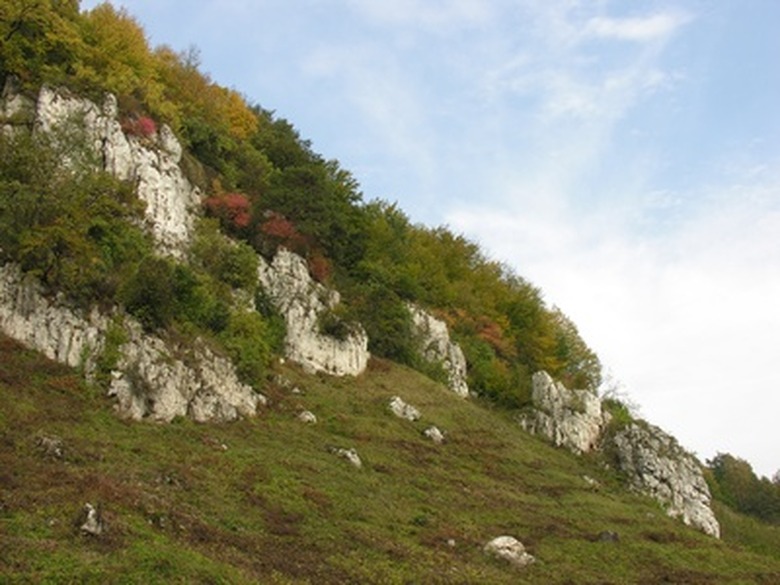What Is Lime Fertilizer?
Growing the healthiest crops possible requires that the soil is in the best condition possible. In addition to worrying about whether or not the soil has enough nutrients for the plants, gardeners also have to worry about the soil acidity. Fortunately, soil acidity can be reduced by lime fertilizer, eliminating many of the harmful effects that acidic soil has on plants.
What It Is
Lime fertilizer is a fertilizer with lime in it. Fertilizers contain nitrogen, phosphorus, potassium and other nutrients. These nutrients are necessary for the plant to survive, and they sometimes become depleted by plants and other life forms.
Considerations
Not having enough of these nutrients can stunt plant growth and even cause the plant to die. However, adding high amounts of nitrogen can lead to an increasingly acidic soil, according to Penn State. Calcium and magnesium do not need to be added to fertilizer that is used with lime, since soil moisture causes the lime to release calcium and magnesium particles.
- Growing the healthiest crops possible requires that the soil is in the best condition possible.
- Calcium and magnesium do not need to be added to fertilizer that is used with lime, since soil moisture causes the lime to release calcium and magnesium particles.
Features
Lime is made out of either limestone rock that has been ground into a dust, ground up marl or treated limestone products that have become more water soluble as a result of the treatment, according to the University of Kentucky. The action of the lime releasing calcium and magnesium reduces soil acidity, resulting in a higher pH rating.
Acidity
Plants usually need a pH rating between 6 and 7, with some plants preferring pH as low as 4 and as high as 8. Acidity occurs with soils that are below 7 on the scale. When soils become very acidic, some plants have a hard time growing roots, absorbing nutrients and protecting themselves from bacteria and pests. Aluminum and magnesium become too available to plants and can become toxic. Therefore, lime is used to raise soil pH in order to make the soil more suitable for different plants and is also used to make the soil easier to work with.
- Lime is made out of either limestone rock that has been ground into a dust, ground up marl or treated limestone products that have become more water soluble as a result of the treatment, according to the University of Kentucky.
- Therefore, lime is used to raise soil pH in order to make the soil more suitable for different plants and is also used to make the soil easier to work with.
Prevention/Solution
Whether or not the soil needs to have the pH lowered or raised can be determined by a pH strip. The acid neutralization takes time, so the lime should be applied at least a month in advance of planting. Penn State reported that lime takes several months to react. The lime should be mixed into every part of the soil possible.
